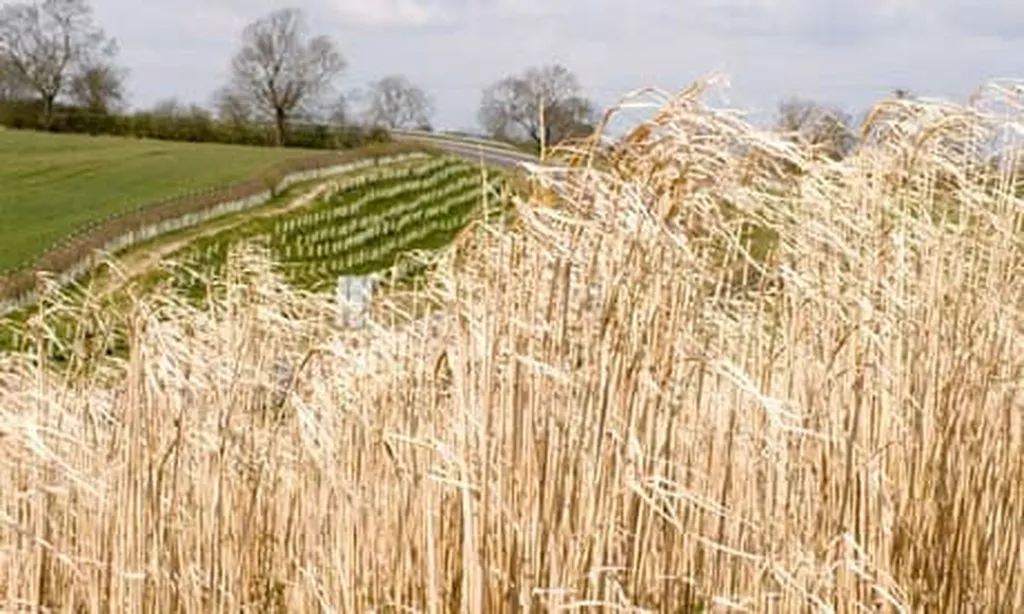In a groundbreaking study published in the journal *Global Change Biology Bioenergy*, researchers have uncovered significant variations in the cell wall composition and saccharification potential of novel Miscanthus hybrids, paving the way for more efficient biofuel production. The study, led by Kasper van der Cruijsen from the Laboratory of Plant Breeding at Wageningen University and Research in the Netherlands, evaluated 13 Miscanthus hybrids, including both intraspecific and interspecific varieties, against the widely used Miscanthus × giganteus (M×g).
The research, conducted across six European locations over two years, revealed that the cell wall composition of these hybrids varied significantly, influenced by both genetic background and environmental conditions. Notably, seed-based interspecific hybrids exhibited a lower total cell wall content compared to other hybrids, while hybrids with a Miscanthus sinensis × Miscanthus sacchariflorus background showed higher cellulose content. “These findings highlight the potential for tailored breeding programs to develop Miscanthus varieties optimized for specific biomass value chains,” van der Cruijsen explained.
One of the most compelling discoveries was the superior saccharification efficiency of the novel hybrids. Intraspecific hybrids demonstrated a 32.9% higher efficiency, and interspecific hybrids showed a 9.8% to 13.1% improvement compared to M×g. When combined with biomass yield, several seed-based hybrids and a novel clonally propagated hybrid surpassed the theoretical ethanol potential of M×g at all trial locations.
The implications for the energy sector are profound. As the world seeks sustainable alternatives to fossil fuels, the development of high-yield, low-input bioenergy crops like Miscanthus becomes increasingly critical. This research not only identifies promising hybrids for lignocellulosic biofuel production but also underscores the importance of continued investment in plant breeding and biotechnology.
“By leveraging these findings, we can accelerate the deployment of Miscanthus as a feedstock for advanced biofuels, contributing to a more sustainable and resilient energy future,” van der Cruijsen added. The study’s insights could shape future breeding programs, focusing on enhancing biomass quality and saccharification potential to meet the growing demand for renewable energy.
As the global push for decarbonization intensifies, innovations in bioenergy crops will play a pivotal role in achieving climate goals. This research marks a significant step forward, offering a roadmap for developing Miscanthus varieties that are not only more efficient but also better adapted to diverse environmental conditions. With the publication of this study in *Global Change Biology Bioenergy*, the stage is set for a new era in bioenergy research and development.

